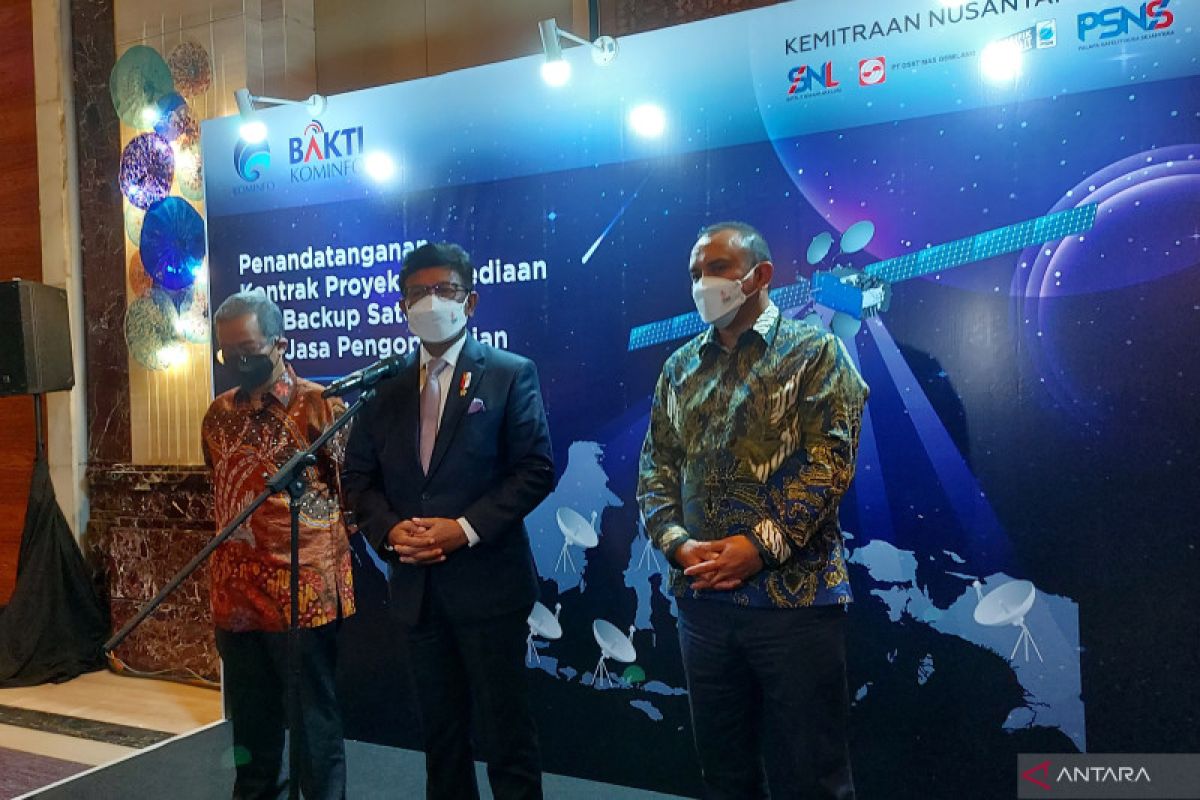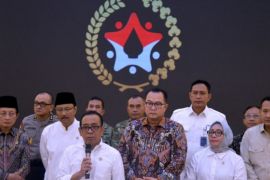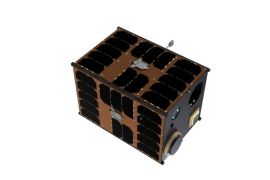This backup satellite uses a very high-throughput technology and will serve as a backup for the SATRIA-1 satellite that is currently in development and scheduled to be completed in mid-2023.
At the press conference for the signing of the backup satellite procurement and operating service contract here, Communication and Informatics Minister Johnny G. Plate stated that this contract also aims to provide additional capacity for internet infrastructure.
"We have to connect all points to ensure equal internet," he remarked.
Construction of the 150-GBps capacity satellite by Boeing is targeted to be completed by March 2023.
Out of this capacity, around 80 GBps will be utilized by the Telecommunication and Information Accessibility Agency (BAKTI) for Indonesia.
The rest of the capacity will be used by PT Pasifik Satelit Nusantara to replace the Nusantara Dua Satellite that failed to orbit in 2020.
This satellite is deemed necessary, so that in case of an uncontrollable event, or force majeure, Indonesia can still have a satellite in orbit.
Plate explained that a satellite failing to orbit has major impacts in the form of interruption to broadcast services.
Related news: Ministry discusses satellite cooperation with British Ambassador
If the SATRIA-1 satellite and the backup satellite are able to orbit, then Indonesia will have the advantage of additional capacity. With this, public spots that the satellites served can also receive additional capacity.
BAKTI President Director Anang Latif noted that this financing uses the fund from universal service obligation (USO).
This differs from the SATRIA-1 satellite that utilizes the Public-Private Partnership (KPBU) scheme.
This backup satellite aims to replace the base transceiver station (BTS) built with the USO fund since its lease contract is set to expire in 2024.
The capacity of this backup satellite will also be utilized by ASEAN nations within the framework of the information and communication technology infrastructure.
Indonesia need satellites to provide internet in regions unreachable by terrestrial optic fiber network. Currently, Indonesia utilizes nine telecommunication satellites that comprise five national satellites and four foreign satellites.
Related news: SATRIA Satellite project bags award at PFI Awards 2021
Translator: Natisha A, Fadhli Ruhman
Editor: Suharto
Copyright © ANTARA 2022












